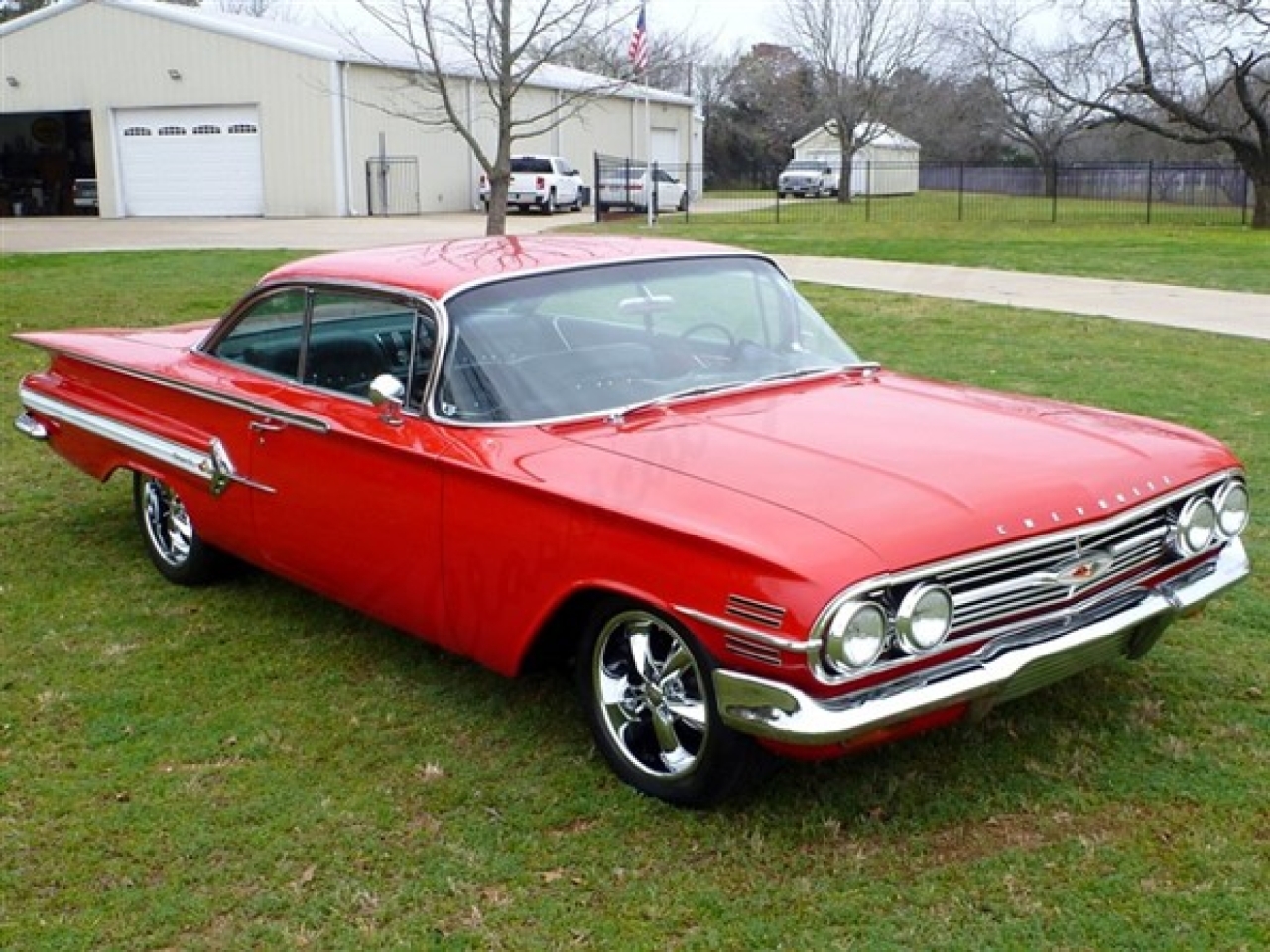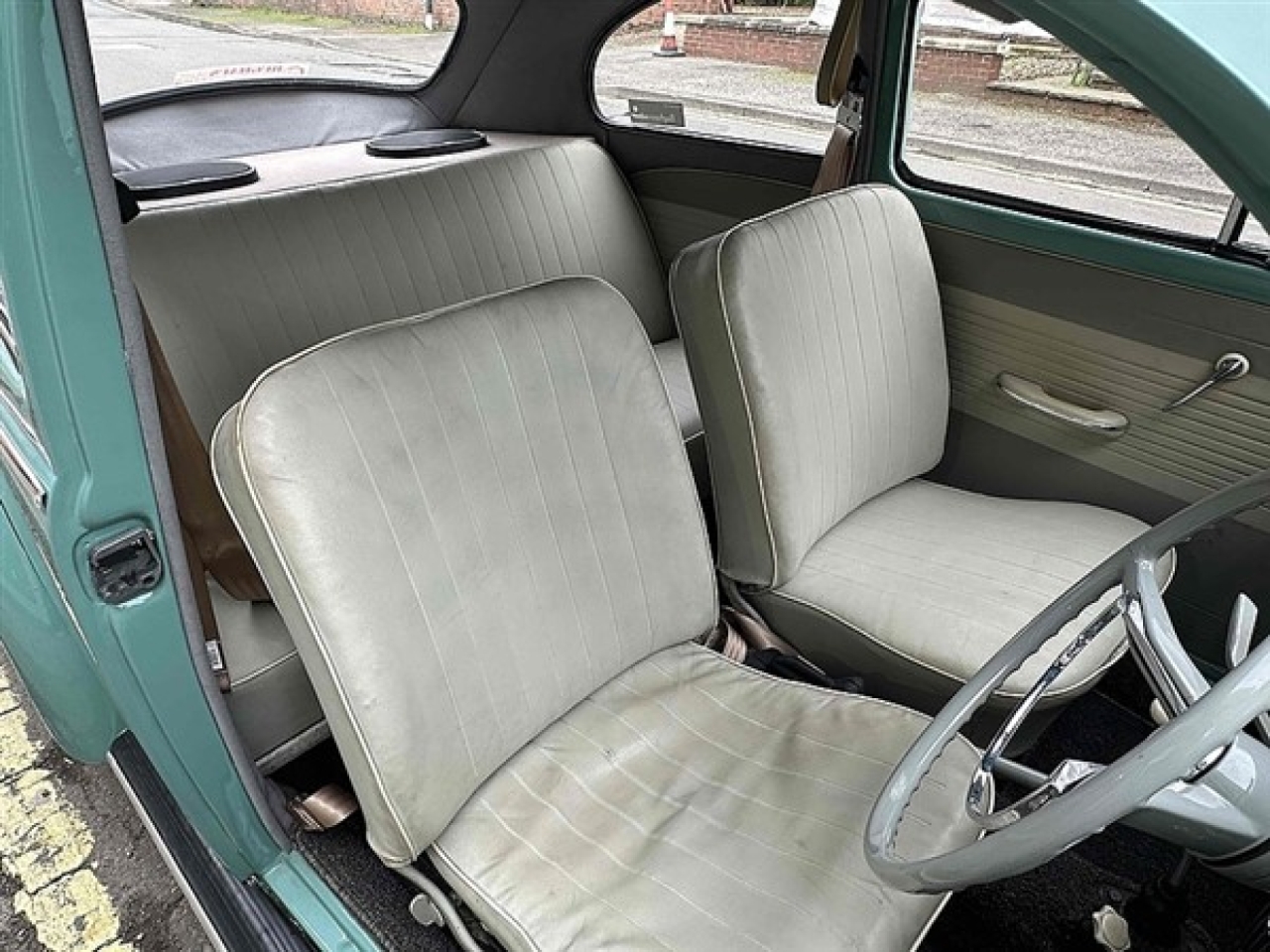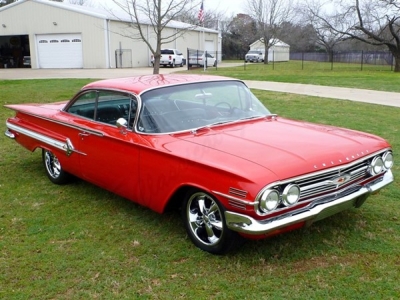Everything seemed to be going well on the world of endurance racing in the year 1967. The Ford-Ferrari duel was in full swing and the spectators were treated to some dream machines. But, in front of the soaring performances, the sporting power takes a turn. In August, it was announced that endurance racing would be based on two new categories from the 1968 season. On the one hand: the “sport prototypes” (Group 6) whose engine capacity was now limited to 3 liters. On the other hand, the “sports cars” (Group 5) could have a capacity of 5 liters but had to be produced in at least 50 examples. With a stroke of the pen, the mythical Ford MK IV 7 liters, Ferrari P4 4 liters and other Chaparral 2F 7 liters are sacrificed on the altar of safety!
This decision raised a general outcry from manufacturers and fans alike. While Ford and Ferrari slammed the door on endurance racing, John Wyer showed more pragmatism, from his workshops in Slough, in the London suburbs. The English manager quickly saw that this upheaval offered a superb opportunity to bring out his beloved GT40s, now subsidized by Gulf Oil. Aware that the GT40 was at the end of its career, the boss of John Wyer Automotive Engineering decided to play both sides. At the same time as the GT40 was entered in the “Sport” category, he began the groundwork in 1968 for a prototype that he wanted to power with the Ford-Cosworth V8 that had just made a thunderous debut in Formula 1, the DFV. Unfortunately, Ford refused him this engine but no matter, John Wyer asked the engineer Len Terry, known for his collaborations with Lotus and Eagle, to design this Mirage M2, equipped with a V12 BRM. The development of this prototype was disrupted by an accident that postponed its entry into competition to 1969. Fortunately, the team’s valiant Ford GT40s won the 24 Hours of Le Mans and the world championship! The M2 finally made its racing debut on April 13, 1969 at Brands Hatch in the hands of Jacky Ickx and Jackie Oliver. During its five outings, the proto with Gulf colors was struggling. After his successes of the previous year, John Wyer finally gets a Cosworth engine, which is installed in the 001 chassis which had only been used for testing up to this point.
This M2-001 took part on June 1st in the 1000 Kilometers of the Nürburgring alongside chassis 003, equipped with the new 48-valve BRM V12. Although it did not finish the race, the Cosworth version proved to be more competitive. Encouraged by the new outlook of the sporting powers, Len Terry goes back to work and modifies the M2-001 chassis to make it a spyder, baptized M3. The removal of the roof results in better aerodynamics as well as a weight reduction of 36 kilos, which added to the weight saving from the new engine and gearbox (the light Hewland gearbox replaced the original ZF). In this configuration, the Mirage was transformed! This spyder made its debut at the 6 Hours of Watkins Glen on July 17. The Ickx/Oliver duo qualified in fifth position but had to retire due to a broken camshaft. The car’s participation in the final of the world championship, held at Zeltweg on 10 August, was much more convincing. The 001 chassis was again modified to boast new exhausts, lowered front and rear bodywork to improve the aerodynamics and reinforced suspension. Jacky Ickx was the fastest driver in Friday’s practice session and no one was able to beat him on Saturday. The Belgian started from pole position and led for 99 laps until a steering problem forced him to give up victory to the Porsche 917 of Jo Siffert. Eager to confirm this potential, JWAE entered the M3 spyder in the 500 km of Imola on September 14. Once again Jacky Ickx took pole position and dominated the race, which was finally cut short by heavy rain. Ironically, the M3 spyder took its first victory in what turned out to be its last race. Indeed, at the end of September 1969, John Wyer gave a press conference in London revealing the agreement made with Porsche according to which JWAE would give up its Mirage and other Ford GT40s to enter the monstrous Porsche 917s in endurance races from 1970 onwards. As soon as it was launched, the career of the unique M3 spyder was sadly cut short.
About: John Wyer
John Wyer’s connection to racing began in 1950, when the former Sunbeam Motor Company apprentice was appointed head of the Aston Martin team. Well organised and a fine strategist, he allowed David Brown to realise his dream. In 1959, Aston Martin triumphed at the 24 Hours of Le Mans with a resounding one-two finish! Come 1963, when Ford decided to challenge Ferrari, the American giant recruited John Wyer to lead the program. Unfortunately, the first two attempts, in 1964 and 1965, resulted in a bitter failure and the program was then entrusted to Carroll Shelby, a supporter of a radical increase in engine capacity. However, Wyer was placed at the head of Ford Advanced Vehicles, the British branch responsible for continuing the production of the “small” GT40 Mk I for three years and assisting private competitors. It is in this context that he meets Grady Davis, the vice-president of the oil company Gulf Oil, who wants to buy such a car. The two men became friends and, with the financial support of Gulf Oil Corp, John Wyer founded JW Automotive Engineering in early 1967. JWAE started building a Gulf-colored “super GT40”, the Mirage M1. When the regulations changed and Ford announced its official withdrawal from endurance racing, JWAE brought out the GT40 MK I and won the 24 Hours of Le Mans in 1968 and 1969, even giving Ford the world title in 1968! The JWAE team was then entrusted by Porsche to enter its official 917s in 1970 and 1971. A collaboration marked by numerous successes, except at Le Mans. John Wyer did, however, pick up an additional victory in the 24 Hours when Ickx and Bell won in 1975 at the wheel of a Mirage M6, a success after which John Wyer took his leave.
About: Jacky Ickx
When John Wyer recruited Jacky Ickx, the son of Jacques Ickx, a highly respected motoring journalist, Jacky was only 22 years old and had only been racing in motor sport for three seasons. His natural driving ability and versatility would soon make him a highly sought-after star. Spotted by Ken Tyrrell who gave him a chance in single-seaters, Ickx showed a great appetite for endurance races. John Wyer did not hesitate to give this youngster a Ford GT40 which he used well and won his class along with finishing 6th overall at the 24 Hours of Daytona in 1967. From then on, he became one of the pillars of the JWAE team, in parallel with a brilliant career in Formula 1. Endowed with a very assertive personality, the Belgian was known for his sometimes very strong opinions. Shocked by Willy Mairesse’s accident at the start of the 1968 Le Mans 24 Hours, the young Jacky Ickx decided to express his disapproval of the famous Le Mans-style start, which encouraged drivers not to take the time to fasten their safety harness. As the start of the 1969 edition was given at 2pm, all the drivers sprinted towards their cars, except Jacky, who crossed the track at a senatorial pace and ostensibly took the time to fasten his harness while all the competitors started with a thunderous roar. The young rebel’s message was well received and, the following year, the traditional start was abolished. This did not prevent Jackie Ickx from winning his first 24 Hours of Le Mans race with Jackie Oliver in the Ford GT40 of the JWAE team. Five other victories followed in 1975, 1976, 1977, 1981 and 1982. These successes would earn him the eternal nickname of “Mr. Le Mans”.
Now, offered for sale in its original Gulf livery, this Mirage M3 Spyder is eligible for several superb historic racing series such as MASTERS Sports Car Legends, Classic Endurance Racing by Peter Auto, Daytona Classic 24 Hours and Sebring Classic 12 Hours by HSR, and the Rolex Monterey Motorsports Reunion. This car is an icon of its day, as the spiritual successor to the Ford GT40, the Mirage M3 Spyder brings together all the pieces of an incredibly special endurance racer and piloted by the original “Mr. Le Mans”.
- Exterior ColourGulf Racing Livery
- Engine Size3000cc Ford Cosworth DFV
- Year of manufacture1969



















































































